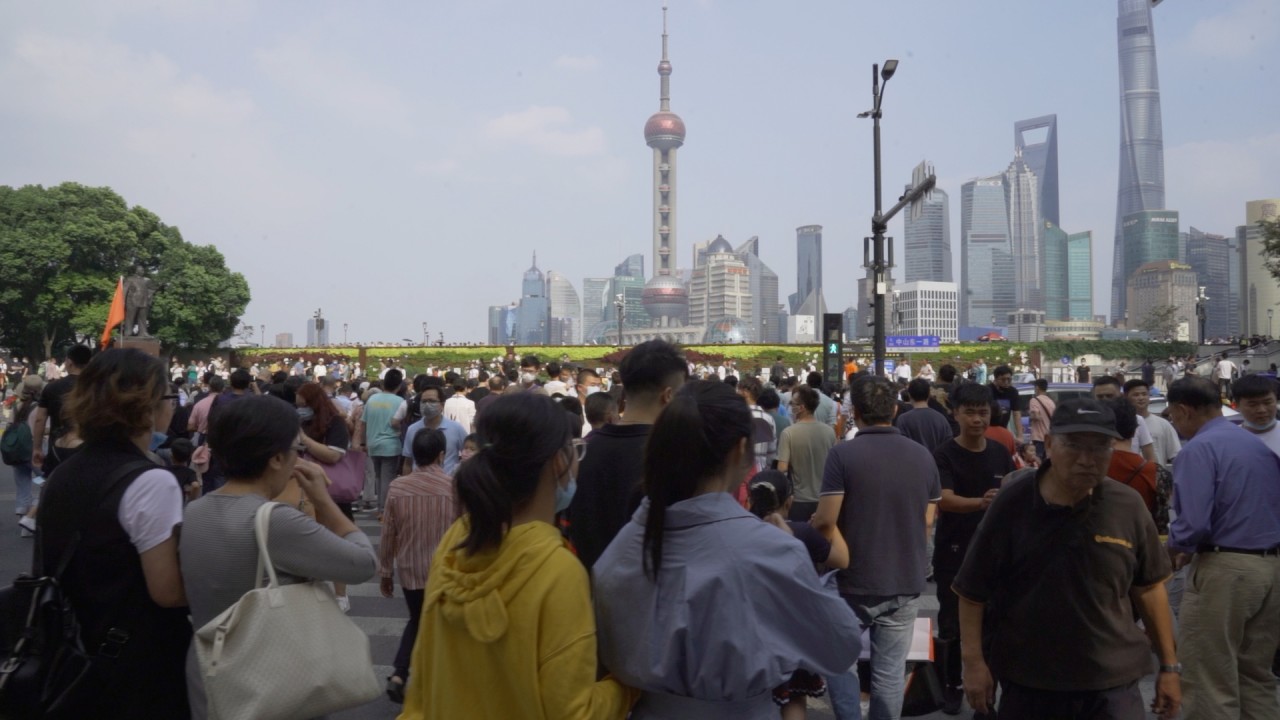Opinion | How ‘Covid first’ China is trumping ‘America first’ in economic recovery
- In 2008, China responded to the financial crisis by addressing the source of the shock itself, not the collateral damage the shock caused.
- Its approach to Covid-19 is similar – first contain the virus’ spread, then deploy targeted stimulus measures. By contrast, the US is paying for its government’s inability or unwillingness to limit the contagion

While that was slower than the blistering (and unsustainable) 11.6 per cent average pace of the five previous years, it was four times the US economy’s anaemic 2.1 per cent average annual growth over the post-crisis 2010-14 period.
Measuring economic growth on a sequential quarterly basis and converting those comparisons to annual rates – the preferred construct of US statisticians and policymakers – provides a much cleaner sense of real-time shifts in the underlying momentum of any economy.

01:58
China’s hotel industry rebounds from Covid-19 pandemic during ‘golden week’ holidays
On that basis, China’s real GDP rose at an 11 per cent sequential annual rate in the third quarter, following a 55 per cent post-lockdown surge in the second quarter.
